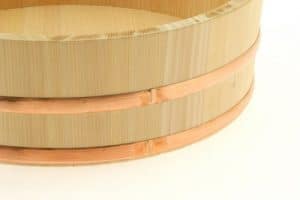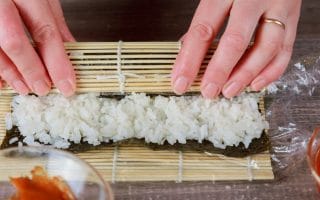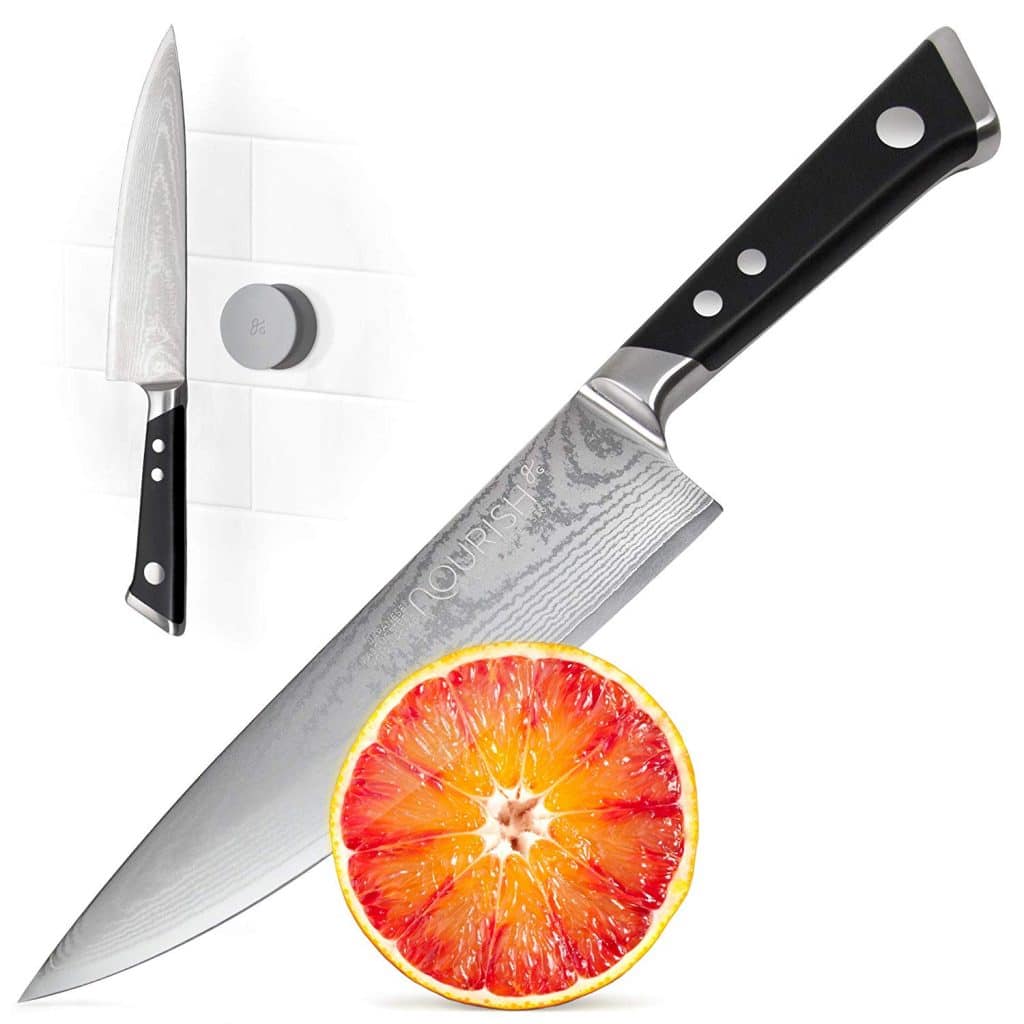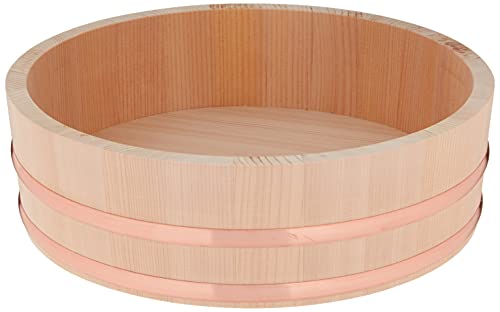We may receive commissions on purchases made from our chosen links at no extra cost to you.
Electric Rice Cooker
What is a rice cooker?
The electric ice cooker or just rice cooker is a device that will allow you to cook your rice very easily and healthily, but not only that. In fact, its name is misleading since most of the time, this device allows you to cook all kinds of cereals, from wheat to quinoa and barley too. The strength of such equipment is its reliability and performance. Indeed, by opting for a rice cooker, you will be able to let it do all the work for you and will always have the guaranteed benefit to have a result that will be up to your requirements.
Use the Rice Cooker for precise cooking of rice
Today, it is no longer uncommon to find a rice cooker in a professional kitchen as it saves a lot of time while ensuring a perfectly healthy cooking. It works on pretty much the same principle as a steam cooker, so you don’t have to add any oil to the recipe. So, you can indulge in all kinds of recipe ideas and be sure that you can develop them under the best possible conditions.
The advantages of a Japanese rice cooker
The advantages of a rice cooker are numerous, and they are quite capable of revolutionizing your way of cooking. In fact, as you will discover below, the advantages offered by such equipment will allow you to cook more easily, to develop new recipes and to consume your food in a much more healthy way than you have done until now. It’s likely that after discovering the three greatest advantages of a rice cooker, your only urge will be to receive yours as soon as possible.
The ease of use of a rice cooker
First of all, the rice cooker is an incredibly easy-to-use device that guarantees perfect results like a 7 in 1 Aicok electric pressure cooker with a rice cooker function, even though cooking may be far from your favorite things to do. To get the perfect meal cooking, simply place your food in your rice cooker, schedule the cooking time and wait for the result to be ready. You won’t need to follow the cooking process closely and be afraid to miss it because your rice cooker will automatically adapt to the type of food you set to it.
Of course, when this cooking is complete, you will most of the time be alerted by a sound signal, which will allow you to concentrate on other tasks in your kitchen. If you like the cooking to be simple and fast, then the rice cooker is for you.
Check the best rice cookers we picked for you:
Tiger Stainless Steel Rice Cooker and Warmer
Zojirushi Rice Cooker (Uncooked) and Warmer, 10 Cups/1.8 Liters
Traditional Japanese rice cooker: Hangiri Rice mixing tub

In fact, this allows you to gently spread the cooked rice in this container in order to cool it gradually.
The hangiri is sealed with two copper bands and is made in several variants. You will find it from 30 cm for personal cooking needs and up to 1 meter diameter for restaurant owners.
How to use the Hangiri
Once cooked, the rice is spread in the hangiri and mixed with the sauce: rice vinegar, sugar and salt with a rice spatula. It is also often cooled with a hand fan. This is a very important step because it allows the rice to be very sticky and shiny making it suitable for preparation of sushi and other Japanese traditional foods.
Once the rice is mixed, the hangiri is covered with a damp cloth in order to keep the rice in good condition and so it does not dry out. Hangiri keeps your rice at the right temperature, neither too hot nor too cold, in order to make quality and delicious sushi.
Should you buy one?
Depends on your use and needs. Buying one will allow you to achieve a great tasting and delicious rice, using the same traditional method they use in Japan. You can cook your rice with a pressure cooker of course, or cook it in a casserole pan(see our Japanese rice recipes), and then spread it in the hangiri!
The hangiri can be an essential kitchenware if you are an amateur in Japanese cuisine, because it really makes it possible to get a rice like in Japan, shiny, slightly slimy, and light in the mouth.
Some tips:
- Before using your hangiri, moisten it with a brush or cloth before putting your rice, so it won’t stick to the walls and you can easily mix it afterwards.
- You will also find hangiris with a wooden lid on top, so you can keep your rice for later if you don’t use it right away.
- It can also be used as a sushi tray presentation such as nigiri sushi, maki, futo maki ect..
- It simply cleans with water, sponge and is not washed in the dishwasher
Kotobuki Hangiri Sushi Rice Mixing Tub, Small
Other Rice cooking tools
Makisu, Japanese Bamboo Sushi Mat
A makisu is a rectangular mat made of bamboo stems connected by a white cotton string. These stems are either round, flat or triangular in shape.
There are various sizes, usually 20cm x 22cm to roll the sushi, a pale side that lands on the outside while the other side is shiny.
Other sizes of makisu are much larger and thicker, which will allow you to make nice patterns on the rolls.
It is sometimes made of silicone plastic, but the traditional bamboo version is still the most popular. It washes easily by hand with a sponge, and is dishwasher safe.
Different sizes and thicknesses of makisu and Its uses
This mat makes it possible to make maki sushi! The maki are rice rolls surrounded by Nori leaf (seaweed) and lined with raw fish, vegetables, wasabi, sesame … according to the specific recipe. The makisu allows the rice and its filling to adhere to the nori leaf. This is a very important step in making the maki because this is how we are going to give its roll shape.

The makisu also allows to make tamagoyaki, a Japanese omelette that once rolled up will be compressed thanks to the makisu. Just wrap it up and tie it with rubber bands to cool the tamagoyaki. Depending on the makisu that is used, you can create original shapes for this omelette.
The makisu also effectively removes excess water. In particular, it makes it possible to prepare and shape vegetables by compressing them, by rolling them up directly after cooking, such as spinach.

 Sushi Making Kit, Bamboo Sushi Mat
Sushi Making Kit, Bamboo Sushi Mat
Japanese knives

Japanese knives are a must-have for Japanese cooking. The quality and taste of your sashimi and other Japanese dishes will depend on your cut and the quality of your knife. It is better to use Japanese knives with specific functions.
The origins and quality of the Japanese knives come from the manufacture of the famous Japanese swords, the katana. The best knives are made of forged steel according to the method called “honyaki”, with a high carbon material. Every craftsman has his own technique to design the best knives, some can reach thousands of dollars, but don’t worry, there are some more affordable options. Count about $100 ~ $150 for a knife at a good price. Sakai region, south of Osaka, is the birthplace of Japanese high quality cutlery production.
You will also find very good knife shops in Kyoto. If you want to have a lot of choices, don’t hesitate to go to Tokyo on the kappabashi Street, a shopping avenue known for selling Japanese utensils. The sakai Japanese knife the art of cutting is an integral part of the training of a Japanese cook, the knife must be of very high quality and the technique of making it should be mastered to perfection. In general, the training of a Japanese cook is 10 years, so this speaks for itself and shows how serious Japanese people are taking their knife mastery.
You can read a comparative list on the best Japanese knives in our article here.






